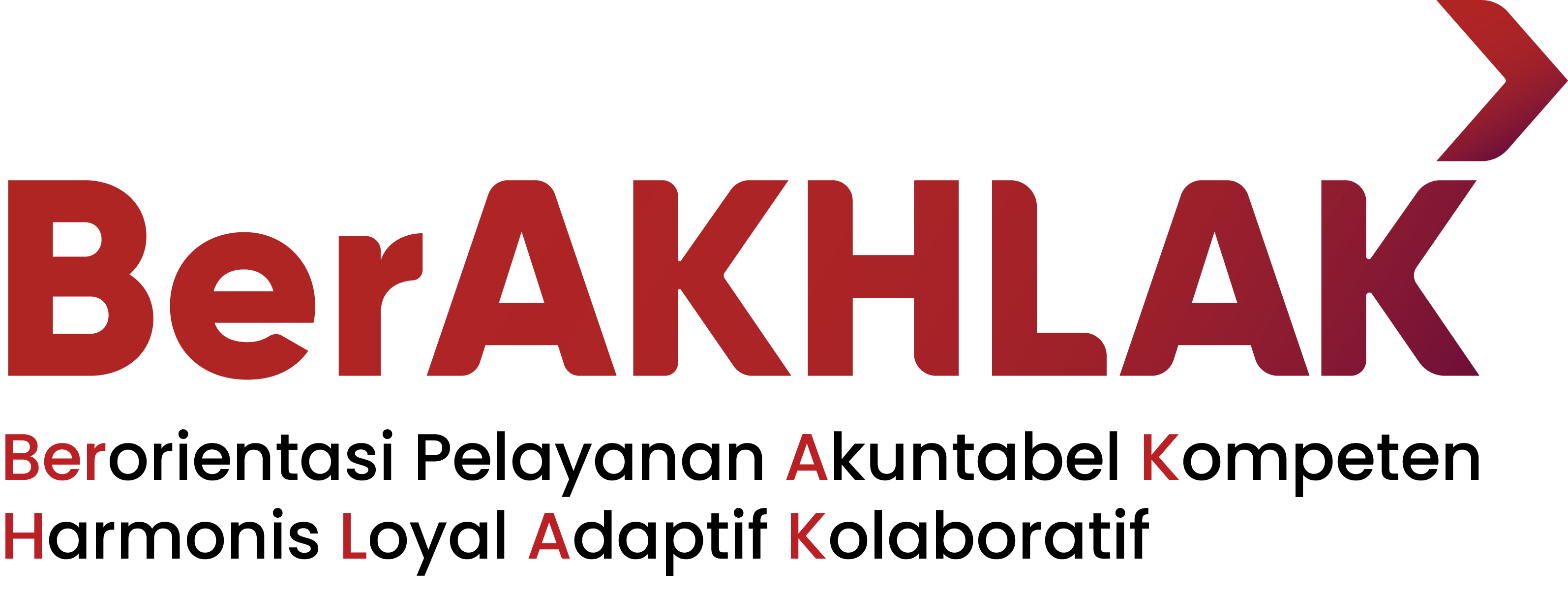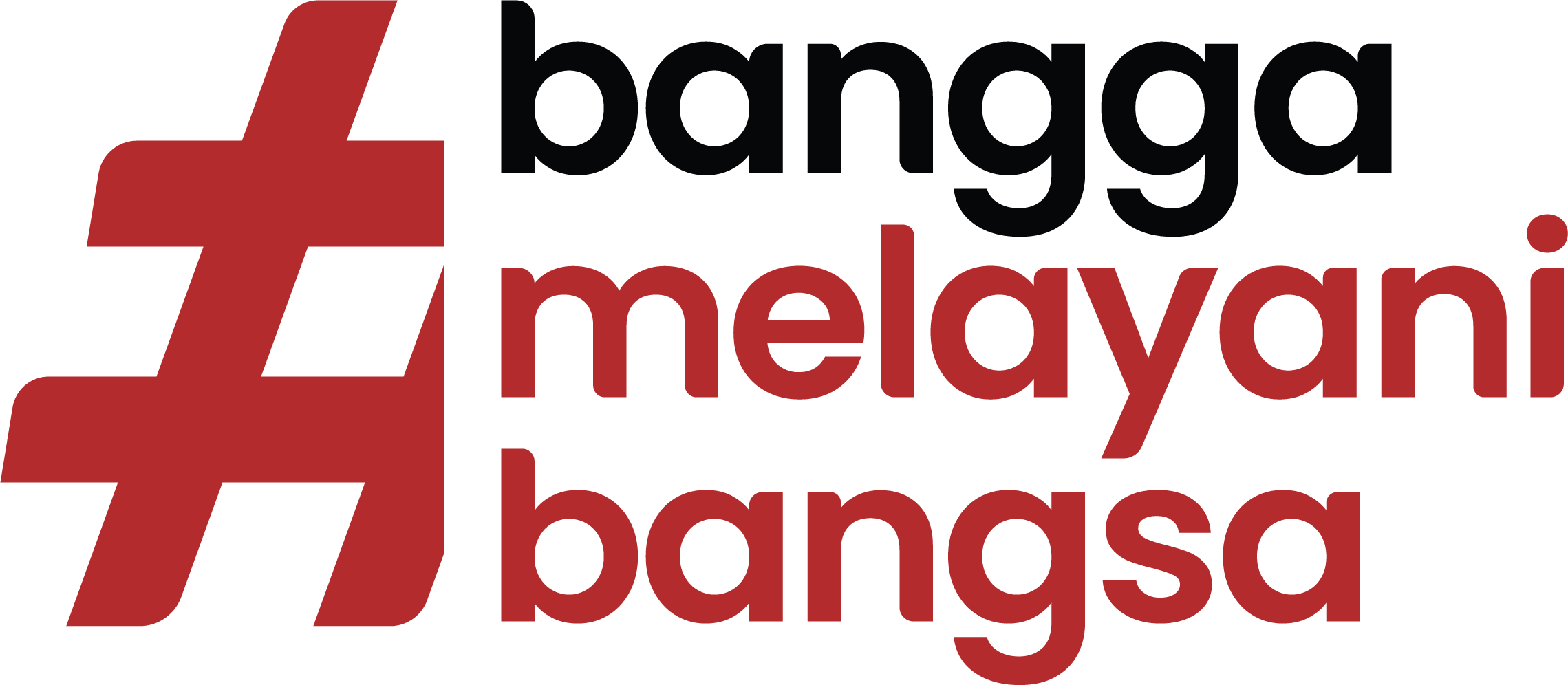The Developmental Performance Successes of the 2020-2024 RPJMN
Prime News - Tue, 12 November 2024

JAKARTA – Entering the final year of the 2020–2024 National Medium-Term Development Plan (RPJMN)’s implementation, based on Presidential Regulation No. 18/2020 on the 2020–2024 RPJMN, the Ministry of National Development Planning (PPN)/Bappenas conducted a Performance Evaluation of the 2020–2024 RPJMN, covering the performance measurement of 505 development indicators.
The progress in achieving the 2020–2024 RPJMN performance targets has faced several challenges, including: (1) the global pandemic and health crisis, which significantly impacted public health, the economy, and social stability, including the prioritization of APBN and APBD budget allocations; (2) geopolitical tensions or inter-country conflicts; (3) protectionist policies or changes in international trade regulations; and (4) the effects of climate change. These challenges have influenced the acceleration of development target achievements.
Nevertheless, based on data up to 2023, development performance has generally improved. Despite the COVID-19 pandemic and global instability, the poverty rate decreased to a single-digit 9.36% in 2023. Indonesia's economy also grew by 5.05% year-over-year amid recession risks and global economic slowdown. The government has also laid a strong development foundation through massive infrastructure projects, including toll roads, new roads, ports, and airports to strengthen regional connectivity. Additionally, there is a continued commitment to improve access to safe drinking water and adequate sanitation.
Public health status has also improved, with a significant drop in stunting prevalence to 21.5% in 2023. National Health Insurance (JKN) membership coverage increased substantially to 95.92 percent in 2023, nearing universal coverage. The education sector in Indonesia showed positive progress, with an increase in average years of schooling and gross enrollment rates in higher education.
Based on the evaluation results, future efforts should focus on stimulating economic growth and investment, strengthening the manufacturing industry, reducing poverty, unemployment, and inequality, and enhancing the quality of human development. In addition, measures to improve energy and food security require optimal attention. To achieve better development outcomes, the government continues to strengthen the design of more integrated development programs, considers development risk factors, and enhances control measures for development implementation. Achievements from previous RPJMN targets will continue to be strengthened and synchronized in the 2025-2029 RPJMN.
Through this information, the Ministry of PPN/Bappenas stated that:
- The 19 2020–2024 RPJMN Indicators (11 of which are estimated not to be achieved) presented during the Working Meeting with Commission XI of the DPR RI represent only a small portion of the 505 development indicators in the 2020–2024 RPJMN.
- The estimated non-achievement of these 11 indicators is not a failure or negative outcome, as the development process is a continuous, ongoing, and sustainable improvement effort.
- Indicator achievements are highly dependent on targets, assumptions, and conditions during the target achievement process, influenced by factors such as the pandemic and global impacts.


